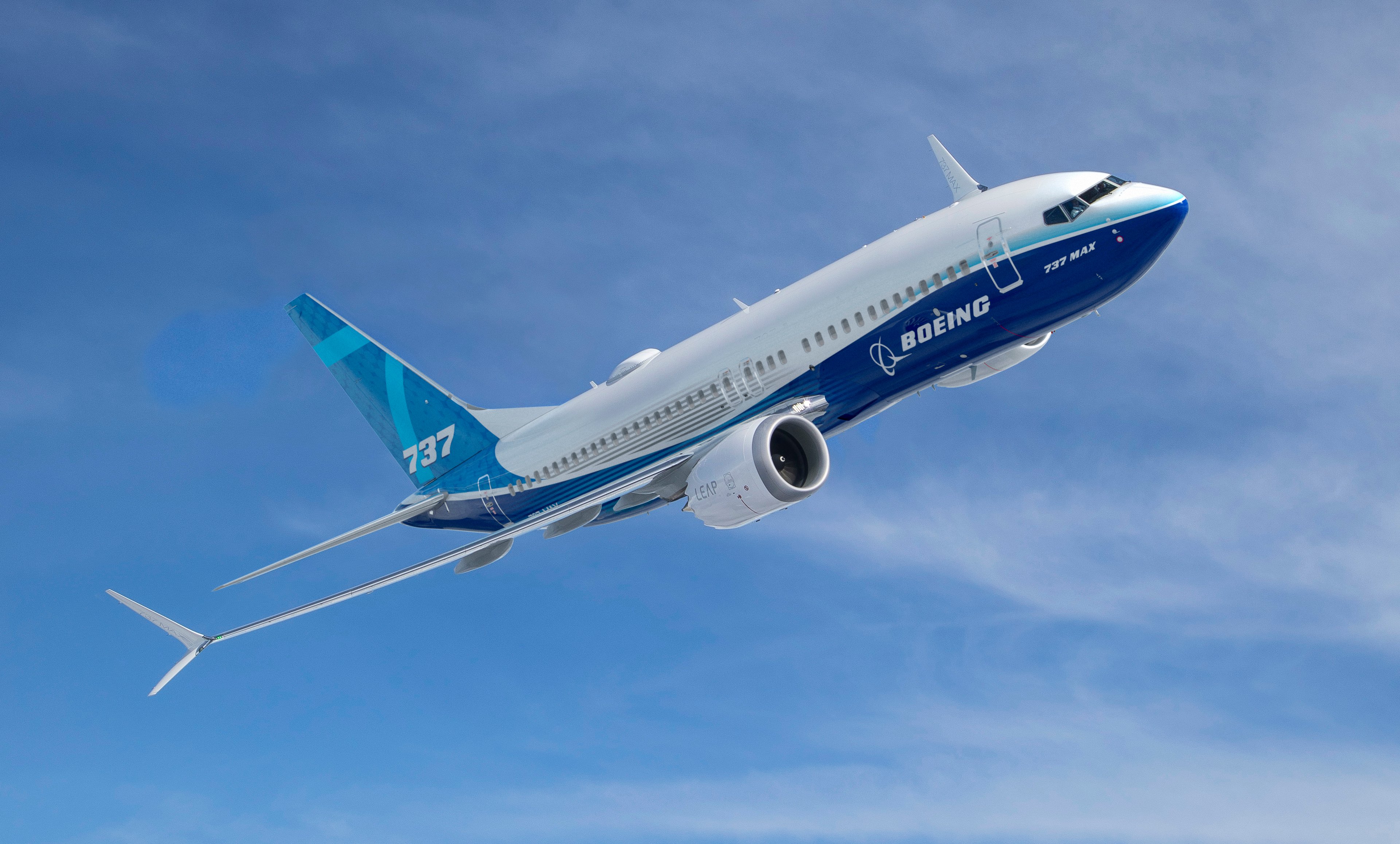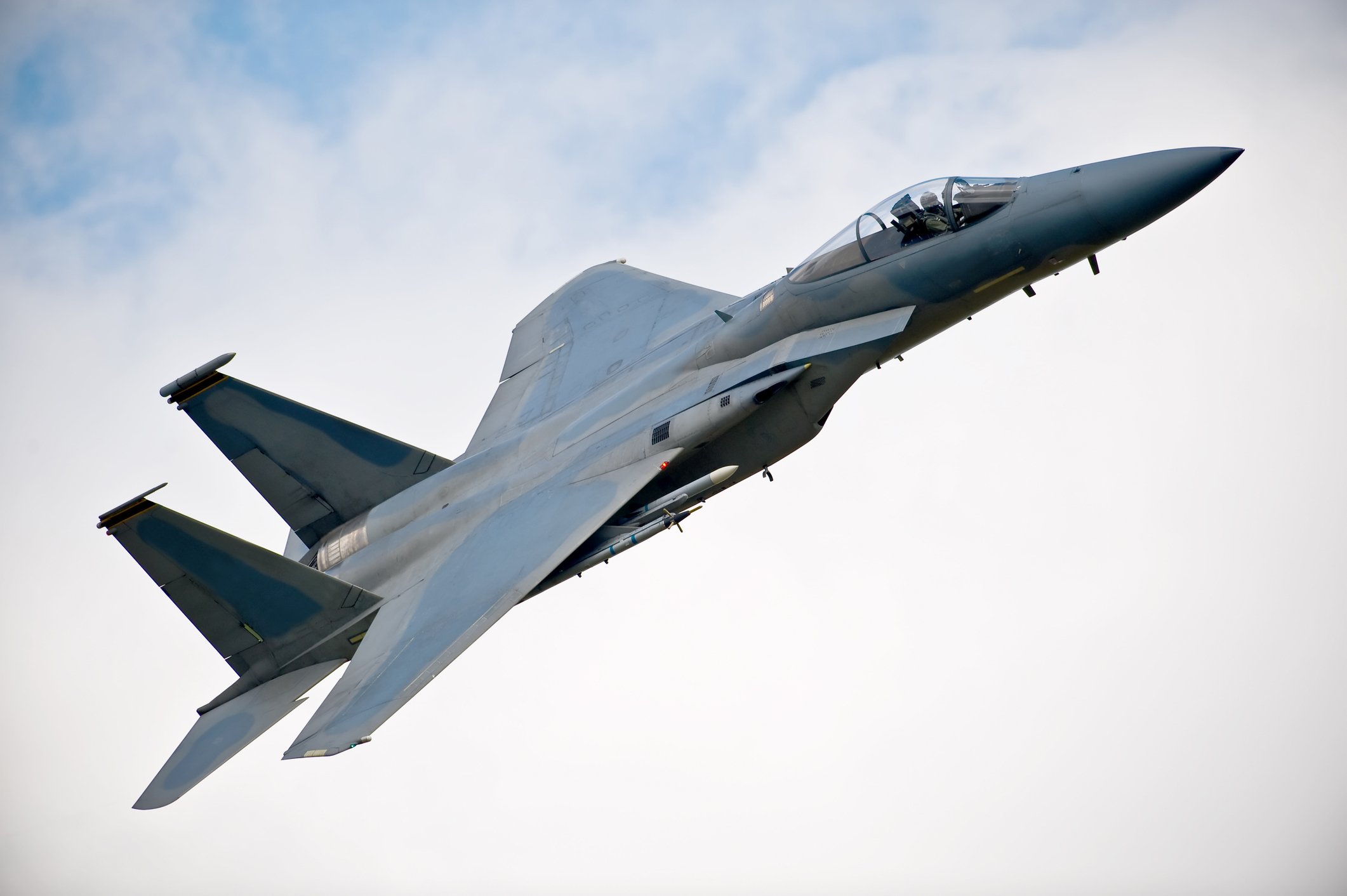The Boeing (BA +1.98%) 737 MAX was grounded this March following two fatal crashes. At the time, it appeared that Boeing would be able to fix the safety issues created by its faulty Maneuvering Characteristics Augmentation System (MCAS) software relatively quickly, clearing the way for its best-selling jet to return to the skies for the busy summer travel season.
However, the timeline for recertifying the Boeing 737 MAX has been slipping over the past few months. As recently as one month ago, a return to service in August seemed likely. That's out of the question now, as FAA test pilots recently discovered new potential vulnerabilities.
As a result, U.S. airlines are once again delaying the return of the 737 MAX to their fleets and canceling flights. On Thursday, Southwest Airlines (LUV 1.48%) extended its 737 MAX cancellations by another month -- and further cancellations are virtually inevitable.

Southwest Airlines has removed the 737 MAX from its September schedule. Image source: Southwest Airlines.
Boeing acknowledges a new issue
Boeing finished developing updated MCAS software more than a month ago. It began flight testing in April, and by mid-May, the company had logged more than 360 hours in the air across 207 test flights using the new software. This made it seem realistic for Boeing to complete certification flights with FAA personnel on board in June and get 737 MAX jets flying again beginning in August.
However, during simulator testing this month, FAA pilots encountered a data processing issue that made it difficult to execute the standard recovery procedures in case of the MCAS software erroneously pushing the 737 MAX's nose down. The FAA has instructed Boeing to address this issue prior to scheduling certification flights.
In a statement released on Wednesday, Boeing said that it agreed with the FAA's assessment. The good news is that Boeing thinks it can resolve this latest issue with another software update rather than any hardware changes.
Nevertheless, Boeing doesn't expect to have a fix ready for certification until at least September, according to Reuters. After that, it will take weeks for the FAA to make a final decision. It would then take at least a month for most airlines to get their 737 MAX fleets back in the air, due to the need for software updates, maintenance work, and additional pilot training.
Southwest cancels more 737 MAX flights
As of earlier this week, American Airlines (AAL 4.06%) and Southwest Airlines expected to put their 737 MAX fleets back into service in early September. On Wednesday, United Airlines (UAL 0.76%) adopted the same timetable, canceling another 1,900 flights between early August and Labor Day weekend.

Image source: American Airlines.
Yet the most recent setback for the 737 MAX means that Boeing's troubled jet won't be ready to fly until October in a best-case scenario -- and possibly even November or December. This has made another round of flight cancellations inevitable.
Even before the latest delay surfaced, Southwest Airlines had decided to postpone the return of the 737 MAX by a month, from Sept. 2 to Oct. 1. That means it will scrap about 150 daily flights in September: nearly 4% of its total schedule.
Ultimately, a similar number of flight cancellations will be necessary until the Boeing 737 MAX is finally ready. American Airlines also could be forced to cancel more than 100 flights a day for much of the fall if it forges ahead with a plan to retire all of its MD-80s in early September. (The impact will be smaller at United, which has fewer 737 MAX aircraft.)
Expect a strong pricing environment
The 737 MAX grounding has upended capacity plans at Southwest, American, and United -- but particularly at Southwest. Whereas the low-fare airline giant had initially planned to grow its capacity by as much as 5% this year, its capacity is on track to decline 3.5% year over year in the second quarter. With a substantial proportion of its fleet out of service, Southwest Airlines will continue to shrink (albeit temporarily) in the coming months.
This unplanned capacity crunch means that airlines aren't growing as quickly as air travel demand is rising. As a result, airlines' pricing power in the domestic market will continue to improve this summer and into the fall. In short, travelers should expect higher airfares.
For Boeing 737 MAX operators, the unit revenue benefits of flying fewer planes will be more than offset by higher unit costs related to the grounding. By contrast, airlines that don't rely on the 737 MAX can look forward to unusually strong profits for the next quarter or two.









